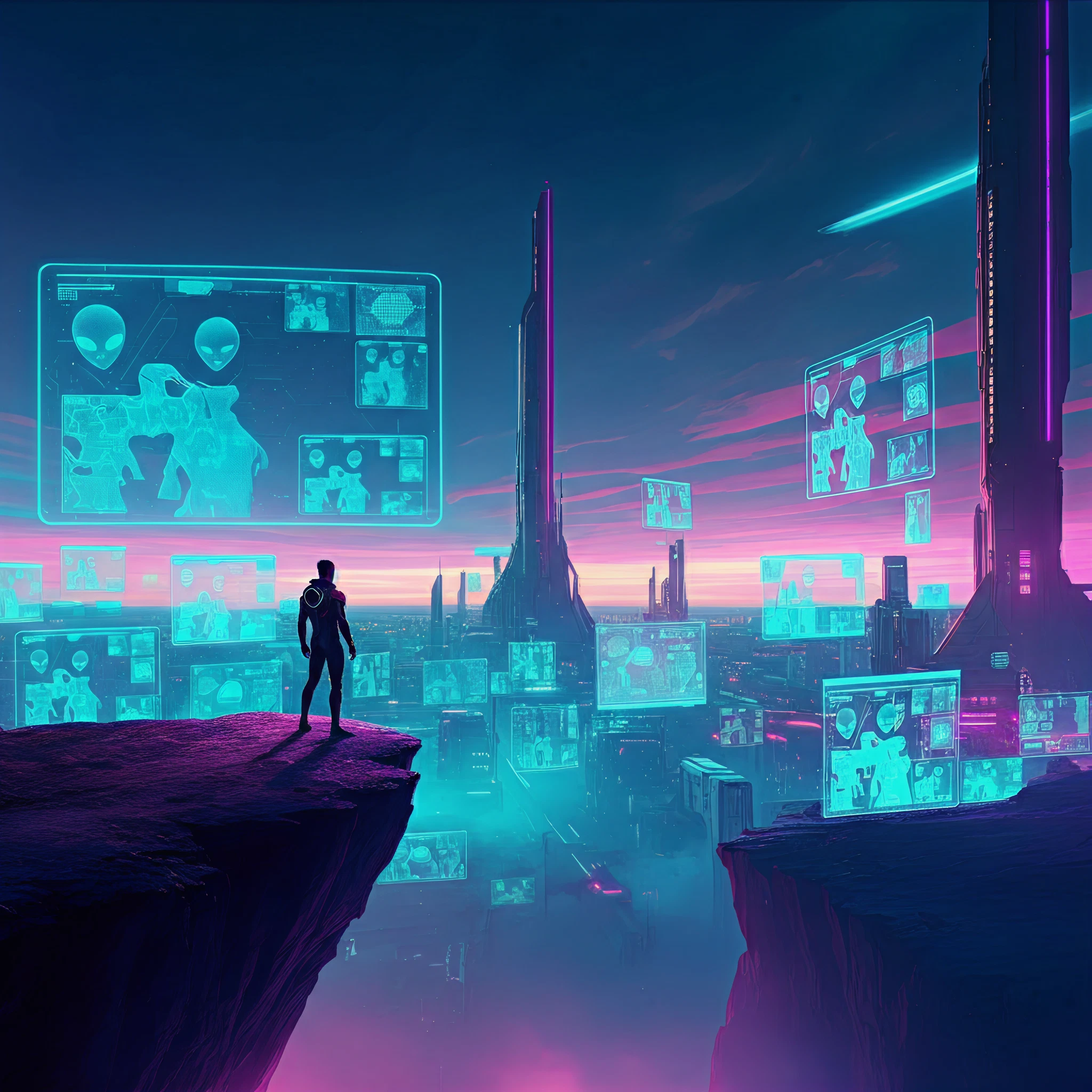Implications
The announcement that Xbox will launch its first $80 game, “Outer Worlds 2,” has sparked a heated discussion among gamers and industry experts alike. This significant price hike raises questions about the value of individual game purchases, comparisons to competitors, and changes in consumer behavior. Let’s break down what this decision means for players and the gaming industry as a whole.
A New Standard for Xbox Games
“Outer Worlds 2” marks a pivotal moment for Xbox, as it enters a price point previously seen with Nintendo’s controversial $80 price for “Mario Kart World” on the Switch 2. When Microsoft first announced its intention to raise prices for consoles, accessories, and games, analysts predicted pushback. Now that this pricing is becoming a reality, players are asking whether the content of these titles justifies their inflated costs.
Does the Content Justify $80?
The price of any given game should reflect its development cost, innovation, and the potential for replayability. “Outer Worlds 2,” for instance, is an open-world RPG sequel developed by Obsidian, renowned for its storytelling and immersive worlds. If the game delivers hundreds of hours of high-quality gameplay along with advanced graphics and features, it may rationalize its premium price. However, this begs the question—what truly defines value in a video game, and how should players gauge whether a title is worth the investment?
Comparing Xbox Prices to Competitors
This move also reflects broader industry trends. PlayStation embraced the $70 price point with the launch of its PS5, which initially seemed steep but has since become normalized. Meanwhile, Nintendo stepped into the $80 realm with “Mario Kart World,” generating mixed reactions from its fanbase. However, the success of Nintendo’s approach has shown that if a title has strong brand power or delivers abundant gameplay value, players are willing to pay a premium.
For Xbox, jumping from $70 to $80 represents a bold shift. It may face more scrutiny since Game Pass offers access to hundreds of titles at a fraction of the price, leading many fans to question why they’d spend such a significant amount on a single title when an entire library is available for a monthly fee.
The Impact on Consumer Spending
An $80 price tag raises affordability concerns, especially in economic climates where discretionary spending is under pressure. Gamers may become more selective about the titles they purchase outright. Instead of taking risks with new titles, they may prioritize trusted franchises or explore alternative purchasing options.
Players might also opt for subscription models like Xbox Game Pass, which continues to grow in popularity. Game Pass offers a more affordable way for players to access a wide array of quality titles, including first-party releases, making the decision to buy a single game at $80 feel less appealing.
Alternatives to One-Time Purchases
For those hesitant about spending $80 on a single title, there are alternative options to consider:
- Xbox Game Pass: Xbox’s subscription service provides access to a rotating library of games, including major first-party titles like “Starfield” and “Forza Motorsport.” Subscriptions cost significantly less than buying full-priced games outright, and “Outer Worlds 2” is expected to be available on the platform.
- Discounts and Sales: Many games see discounts within months of their release, either through seasonal sales or bundles. Waiting for these price reductions can help gamers manage their budget more effectively.
- Second-Hand Market: Physical game copies trade in resale markets, often at reduced prices shortly after launch. For those who value cost savings over immediate access, this can be an excellent option.
Broader Industry Trends
The introduction of $80 games may signal a tipping point for the industry. Development costs for AAA titles have skyrocketed, with higher investments needed for advanced graphics, open-world designs, and live-service components. Studios are increasingly relying on higher price tags, DLCs, and microtransactions to recoup costs. While some gamers may feel alienated by these price hikes, changes to pricing structures could also encourage studios to offer more complete and polished releases at launch.
Additionally, this shift highlights the evolving importance of subscription services. Xbox Game Pass’s value proposition continues to grow, reinforcing its role as a game-changer for budget-conscious players and industry dynamics. If Game Pass continues its upward trajectory, pricing increases for new games may ultimately drive more subscribers to Xbox’s ecosystem.
What Players Are Saying
The gaming community’s response to Xbox’s $80 game pricing has been mixed. Some argue that premium pricing ensures quality and compensates developers for their hard work, while others perceive it as a trend that restricts access for those on tighter budgets. Influencers and industry analysts alike have voiced concerns about the broader implications for consumers. If game prices continue to climb, will subscription services eventually replace outright purchases as the industry norm?
The Takeaway
Xbox’s decision to release its first $80 game reflects changing trends in the gaming industry. While the price increase places more responsibility on developers to deliver exceptional value, it also shifts consumer behaviors, pushing many toward subscription services like Xbox Game Pass. For players, this might mean an adjustment in how they evaluate gaming investments.
Whether you’re a fan of outright purchases or an advocate for subscription models, this price hike underscores one thing clearly—the gaming landscape is evolving, and finding the best deals for your gaming experience is more important than ever. Are you ready to take the plunge into “Outer Worlds 2” or waiting to see how these trends unfold? We’d love to hear your thoughts in the comments below!








